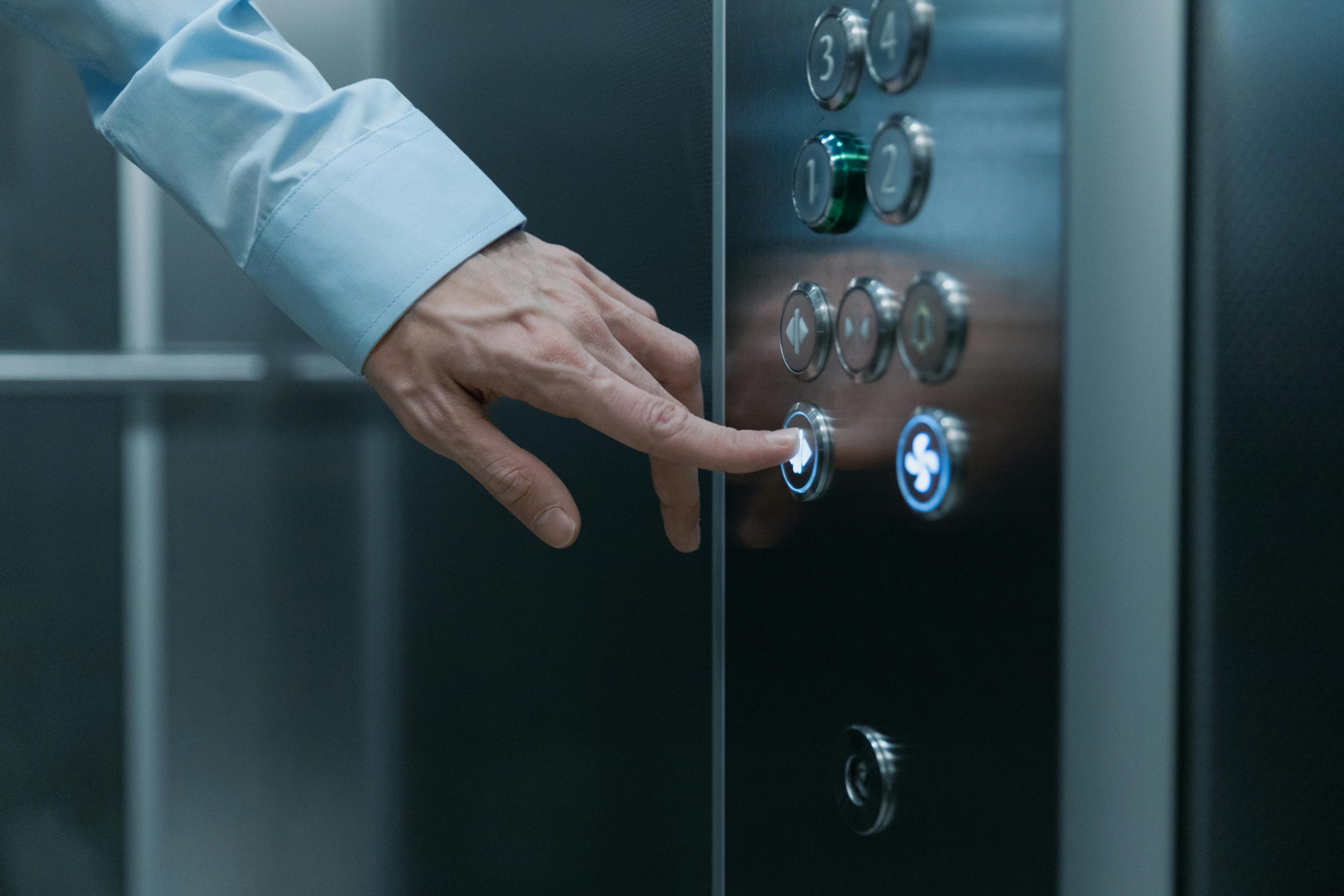Understanding and Troubleshooting Unexpected System Reboots and Shutdowns
Experiencing sudden system crashes, unexpected restarts, or black screens can be a frustrating issue for PC users. If your computer randomly reboots without a clean shutdown, it may signal underlying hardware or software problems that need attention. In this article, we will explore common causes of such issues, interpret relevant event log entries, and suggest steps to diagnose and resolve the problem.
Common Symptoms and Error Messages
Many users report symptoms such as:
– Random system crashes
– Screen going black inexplicably
– Unexpected restarts
When reviewing Event Viewer logs, the following error messages often appear in such cases:
- Error: “The previous system shutdown at [time] was unexpected.”
- Critical: “The system has rebooted without cleanly shutting down first.”
These messages typically indicate that the operating system did not initiate a proper shutdown, likely due to a crash, system hang, power loss, or hardware failure.
Potential Causes of Unexpected Reboots
Several issues could lead to system instability, which include:
- Hardware failures: Faulty power supply, defective RAM, or overheating components.
- Software conflicts: Corrupt drivers, incompatible software, or system updates causing instability.
- Overclocking: Pushing hardware beyond its rated speeds can lead to crashes.
- Power issues: Fluctuations or insufficient power delivery.
Given these possibilities, diagnosing the root cause requires a systematic approach.
Analyzing Your System Specifications
Understanding your hardware configuration helps tailor troubleshooting steps. Your system includes:
- CPU: AMD Ryzen 5 3600X 6-Core Processor
- Graphics Card: MSI GTX 1660 Super
- Motherboard: MSI B550-A PRO
- Power Supply: 650W 80+ Bronze Certified (AGV650)
- Memory: 16GB DDR4 (2x8GB) at 3600MHz CL18
- Additional notes: No overclocking details noted; hardware appears standard.
Troubleshooting Steps
1. Check Hardware Connections and Cooling
- Ensure all power connectors are securely attached.
- Verify that CPU and GPU heatsinks are properly seated and fans are operational.
- Clean dust from inside the case to prevent overheating.
2. Monitor Temperatures and Power Stability
– Use tools like HWMonitor or MSI Afterburner to check CPU and GPU temperatures.
Share this content:

